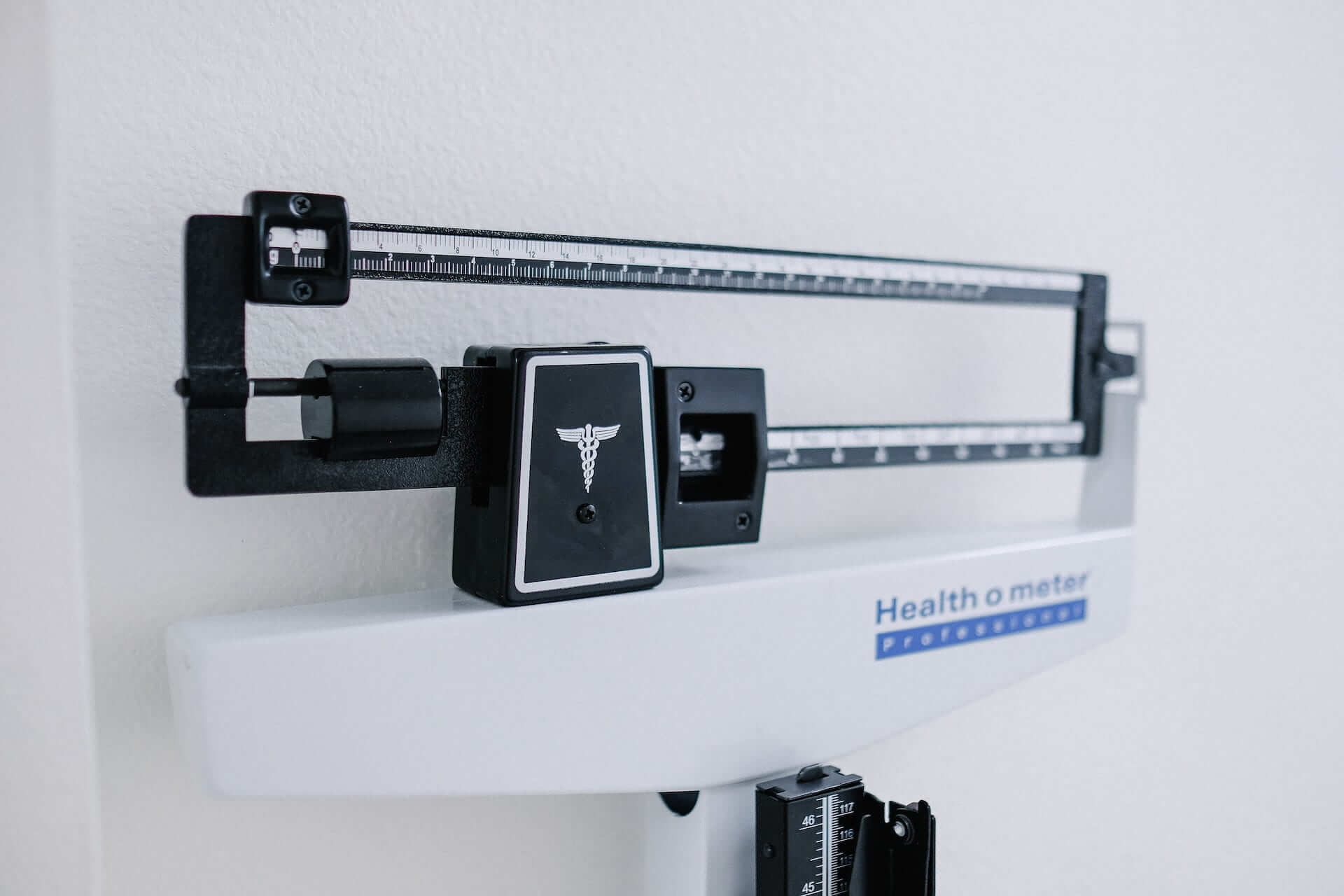Millet has been grown in Africa, India, and Southeast Asia for thousands of years, making it one of the oldest cultivated grains in the world. It’s part of the Poaceae, or grass family, but its nutrition profile more closely resembles sorghum and other cereals. Similar to beans, it’s a hardy grain that’s resistant to drought and matures quickly, and it offers numerous health benefits. The United Nations even highlighted the ancient grain for its health-promoting nutritional value and role in establishing food security around the world.
Millet is gluten-free and a good source of fiber, protein, and many essential micronutrients. Including millet in a well-balanced diet can help protect heart health, encourage healthy cholesterol levels, and support weight management efforts, among other benefits. In this article, we’ll break down the nutritional profile of millet, its downsides and benefits, and ways to prepare it.
{{mid-cta}}
Different Types of Millet
Millet is one of the oldest grains in the world. Today, it’s a staple crop for humans and animals alike. Because of its nutritional content, many registered dietitians recommend adding millet to your dietary intake. But with so many varieties to choose from, how do you know which millet is best?
Like any food, all types of millet can fit into a well-balanced diet when consumed mindfully. Most millets have a similar nutritional value, so it may boil down to personal preference. Through trial and error, you can find a millet that fits your needs and satisfies your tastebuds.
The ancient grain varies in size and color between types. Millet is broken down into two primary categories—large and small millet grain—giving you a good place to start when choosing the right millet for you.
1. Large Millet Grains
- Finger Millet, also called ragi, is typically brown and around 1-2 millimeters (mm) in size
- Foxtail Millet can be red, black, white, or yellow in color, and they’re usually around 2-3 mm in size
- Pearl Millet is the most common type of millet. It is usually white, yellow, gray, or purple and is around 3-5 mm long
- Proso Millet is approximately 3 mm long and usually has lines adorning the length of the grain. It can be brown, yellow, or white
2. Small Millet Grains
- Browntop Millet is usually around 4-5 mm in length and tan or white in color
- Fonio Millet is a small grain, typically white or white, with dark spots in color
- Kodo Millet is usually darker in color, grown in blackish and dark brown hues. They are around 3 mm in size
- Barnyard Millet comes in shades of gray and white and is approximately 3 mm long
- Little Millet is typically about 2-3 mm in size and shades of gray and white in color
Millet Nutritional Profile

The millet grain is a nutrient-rich, gluten-free grain packed with protein, soluble fiber, and an assortment of micronutrients. Like other cereal grains, it pairs well with other foods to create a nutritious meal or side dish.
A 1/2 cup serving of cooked millet provides:1
- Calories: 104
- Protein: 3 grams (g)
- Carbohydrates: 20.6g
- Fat: 0.87g
- Fiber: 1.1g
- Sugar: 0.1g
- Phosphorus: 87 milligrams (mg) (7% of the daily value)2
- Folate: 16.6 micrograms (mcg) (4% of the daily value)2
- Potassium: 54mg (2% of the daily value)2
- Calcium: 2.6mg
- Magnesium: 38.3mg (9% of the daily value)2
- Niacin: 0.67mg (4% of the daily value)2
Millet is not only offered as a whole grain—it is also available as millet flour. Using millet flour instead of other flour types can enhance the nutrition profile of baked goods.
A 1/2 cup serving of millet flour provides:3
- Calories: 228
- Protein: 6.5g
- Carbohydrates: 44.7g
- Fat: 2.5g
- Fiber: 2.8g
- Sugar: 1g
- Phosphorus: 170mg (14% of the daily value)2
- Folate: 25mcg (6% of the daily value)2
- Potassium: 134mg (3% of the daily value)2
- Calcium: 8.4mg
- Magnesium: 71mg (17% of the daily value)2
- Niacin: 3.6mg (22% of the daily value)2
<p class="pro-tip"><strong>Also Read: </strong><a href="fig-nutrition">Unlocking Fig Nutrition: Facts and Health Benefits</a>.</p>
Health and Nutritional Benefits of Millet
There’s a reason why millet is often found in health food stores—it’s a powerhouse grain that supports wellness on many levels. It boasts an impressive nutrition profile that helps many avenues of health, including gut and heart health.
Health benefits of millets include:
- Abundance of Antioxidants: Millet is full of tannins, phytates, and phenols, which can help fight oxidative stress that damages cells and can contribute to chronic health conditions like type 2 diabetes and heart disease
- Potential for Regulating Blood Sugar Levels: Millets are widely accepted as having a low glycemic index. Thus, millet grains can benefit blood sugar control and reduce the risk of developing diabetes4
- Possible Cholesterol-Lowering Properties: Research has shown that consuming millet can reduce hyperlipidemia and raise HDL cholesterol, the good cholesterol. As such, it can reduce the risk of developing hypertension and other related cardiovascular diseases5
- Suitable for a Gluten-Free Diet: Those who need to follow a gluten-free diet, like those living with celiac disease, can safely enjoy millet. There are many millet recipes that provide variety in a gluten-free diet. Plus, millet flour is a gluten-free flour alternative to wheat flour
- Supporting Gut Health: Millet is rich in beneficial prebiotics, which prompt the growth of beneficial bacteria in the gut microbiome, promoting a healthy gut. Additionally, millet is a good source of fiber. Adequate daily fiber intake supports regular bowel movements, reducing the risk of gastrointestinal-related concerns
Millet's Potential Downsides
While the millet grain offers many health benefits, it also has potential downsides—primarily related to its antinutrient content. Millet grains contain nutrients that interfere with your body’s absorption of other nutrients, which may lead to deficiencies if not accounted for. However, this may look different across the millet types.
- Antinutrients in Millet Hinder Nutrient Absorption: Antinutrients, like phytic acid, can reduce the body’s ability to absorb certain nutrients like potassium, calcium, iron, zinc, and magnesium. However, those who eat a well-balanced diet aren’t likely to notice this effect on a large scale
- Varying Levels of Antinutrients in Different Millet Types: Similar to other whole grains, the nutrient content varies among millet types. The same goes for their antinutrient content. Some millet varieties contain more antinutrients, making it difficult to fully understand its impact on your micronutrient absorption
- Pearl Millet Contains Phytates: Phytates offer some health benefits but may impede the absorption of minerals needed to maintain homeostasis in the body6
- Goitrogenic Polyphenols in Pearl Millet Linked to Goiter Risk: The polyphenol compounds in pearl millet have goitrogenic effects, which may contribute to an enlarged thyroid gland7
Tips for Preparing and Cooking Millet

Millets are a versatile grain that can enhance the flavor, texture, and nutrition of various dishes. The millet grain is sold raw, dried, puffed, and ground as flour, giving you ample opportunity to incorporate it into your well-balanced diet. It’s typically prepared in the same way that you would cook quinoa.
Before cooking your millet, consider soaking it overnight to reduce its antinutrient content. Soaking allows antinutrients like phytic acid to leach out. You can also toast the millet in a pan before cooking to enhance its nutty taste.
When it’s time to cook your millet, add 2 cups of water for every cup of raw millet. Bring the mixture to a boil and allow it to simmer for approximately 20 minutes or until the grain has absorbed most of the water. Remove the pot from the heat, fluff the millet, and allow it to sit for another 15 minutes while it absorbs the rest of the liquid.
Cooked millet can add a plethora of nutrients to many dishes. Consider adding a scoop of millet to a refreshing salad, breakfast porridge, or stew.
Learn How to Improve Your Nutrition and Monitor Your Glycemic Index Levels With Signos’ Expert Advice.
The millet grain has withstood the test of time. It’s a robust crop that continues to serve people around the world with its rich nutrient profile. As a low-GI, gluten-free food, millet can be a positive addition to many therapeutic diets. Those monitoring their blood sugar levels, managing a gluten intolerance, or advocating for their best heart health may experience related benefits when eating millet.
Nutrition plays a significant role in overall health, but keeping track of your diet’s impact on your system can be challenging. Continuous glucose monitoring can improve your wellness and support healthy eating habits by highlighting specific health markers—showing the connection between what we eat and how our bodies respond.
Learn how Signos works and find out if Signos CGM is a good fit for you by taking a quick quiz!
<p class="pro-tip"><strong>Learn More: </strong><a href="is-multigrain-bread-healthy">Is Multigrain Bread Healthy? A Glycemic Index Analysis</a>.</p>
- Item 1
- Item 2
- item 3
Topics discussed in this article:
References
- FoodData Central. Cooked Millet.
- U.S. Food and Drug Administration. Daily Value on the Nutrition and Supplement Facts Labels.
- FoodData Central. Millet Flour.
- Anitha S, Kane-Potaka J, Tsusaka TW, et al. A Systematic Review and Meta-Analysis of the Potential of Millets for Managing and Reducing the Risk of Developing Diabetes Mellitus. Front Nutr. 2021;8:687428. Published 2021 Jul 28. doi:10.3389/fnut.2021.687428
- Anitha S, Botha R, Kane-Potaka J, et al. Can Millet Consumption Help Manage Hyperlipidemia and Obesity?: A Systematic Review and Meta-Analysis. Front Nutr. 2021;8:700778. Published 2021 Aug 17. doi:10.3389/fnut.2021.700778
- Pires SMG, Reis RS, Cardoso SM, et al. Phytates as a natural source for health promotion: A critical evaluation of clinical trials. Front Chem. 2023;11:1174109. Published 2023 Apr 14. doi:10.3389/fchem.2023.1174109
- Boncompagni E, Orozco-Arroyo G, Cominelli E, et al. Antinutritional factors in pearl millet grains: Phytate and goitrogens content variability and molecular characterization of genes involved in their pathways. PLoS One. 2018;13(6):e0198394. Published 2018 Jun 1. doi:10.1371/journal.pone.0198394




.jpg)



























